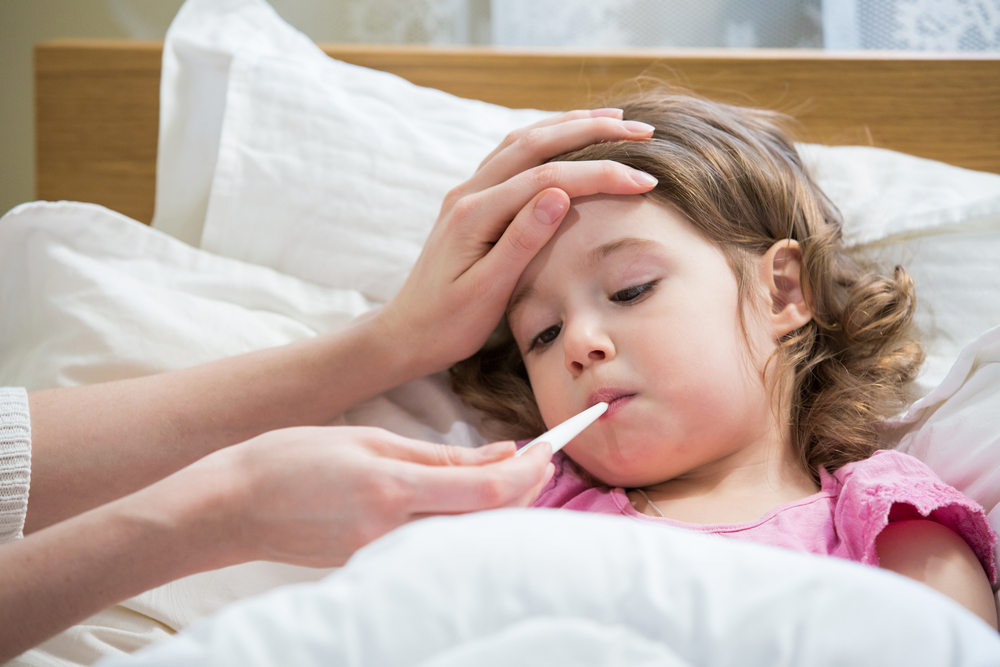
It is important to know what defines a fever. It is a very important symptom to be able to share correctly with your health care provider. Please read and ask questions if you are unsure.
A fever is a body temperature higher than 100.4 F (38 C). It is a symptom, not a disease. Fever can help the body fight an infection. The temperature can be measured under the arm, in the mouth, or in the rectum, and it varies slightly in each place. If you call your clinic about your child's fever, say which method you used. Be sure to use a digital thermometer since they are quick and easy to read and clean with soap and warm water after use.
Keep your child comfortable. Lightweight clothes will help your child cool down. If your child gets cold, use a light blanket.
Give extra fluids to prevent dehydration (getting "dried out").
Sponging and bathing are not recommended as they may cause shivering. Shivering actually increases the temperature. Do not sponge with rubbing alcohol; it may be absorbed through the skin, causing bad side effects.
Fever does not always need to be treated. The main reason to give medicine for a fever is to help your child feel better. If your health care provider advises a fever-reducing medicine, ask which one to use.
Do not give aspirin or aspirin containing products to children or teens because of the risk of Reye's syndrome (a nervous system illness).
Take your child's temperature before you give anymore fever medicine. This will help you know if the temperature is rising, and avoid giving medicine that is not needed.